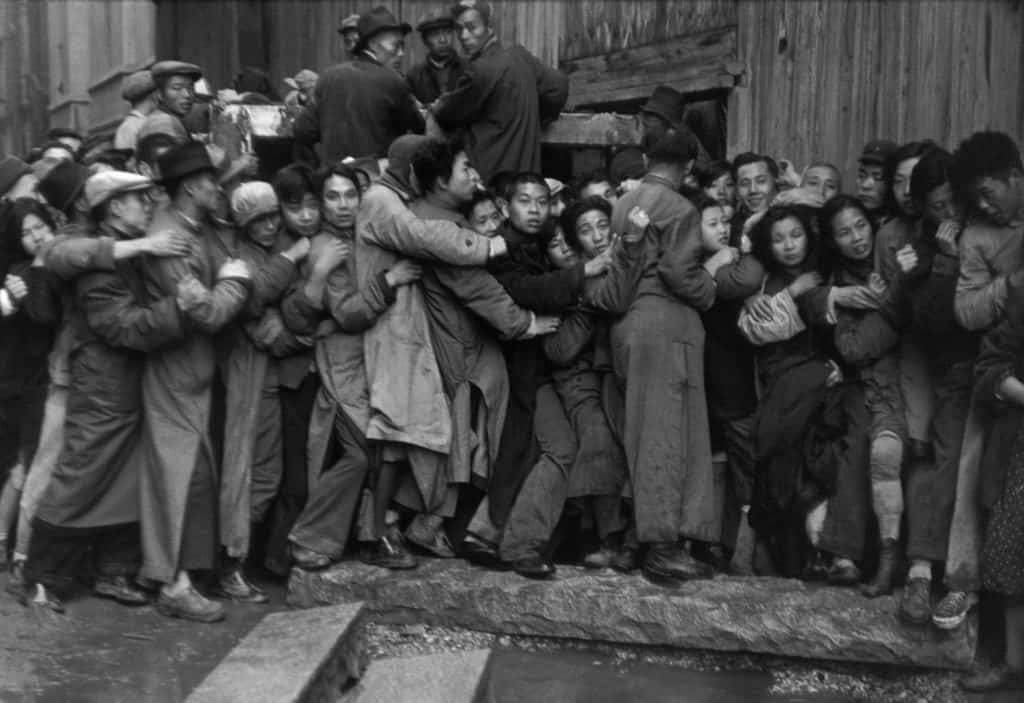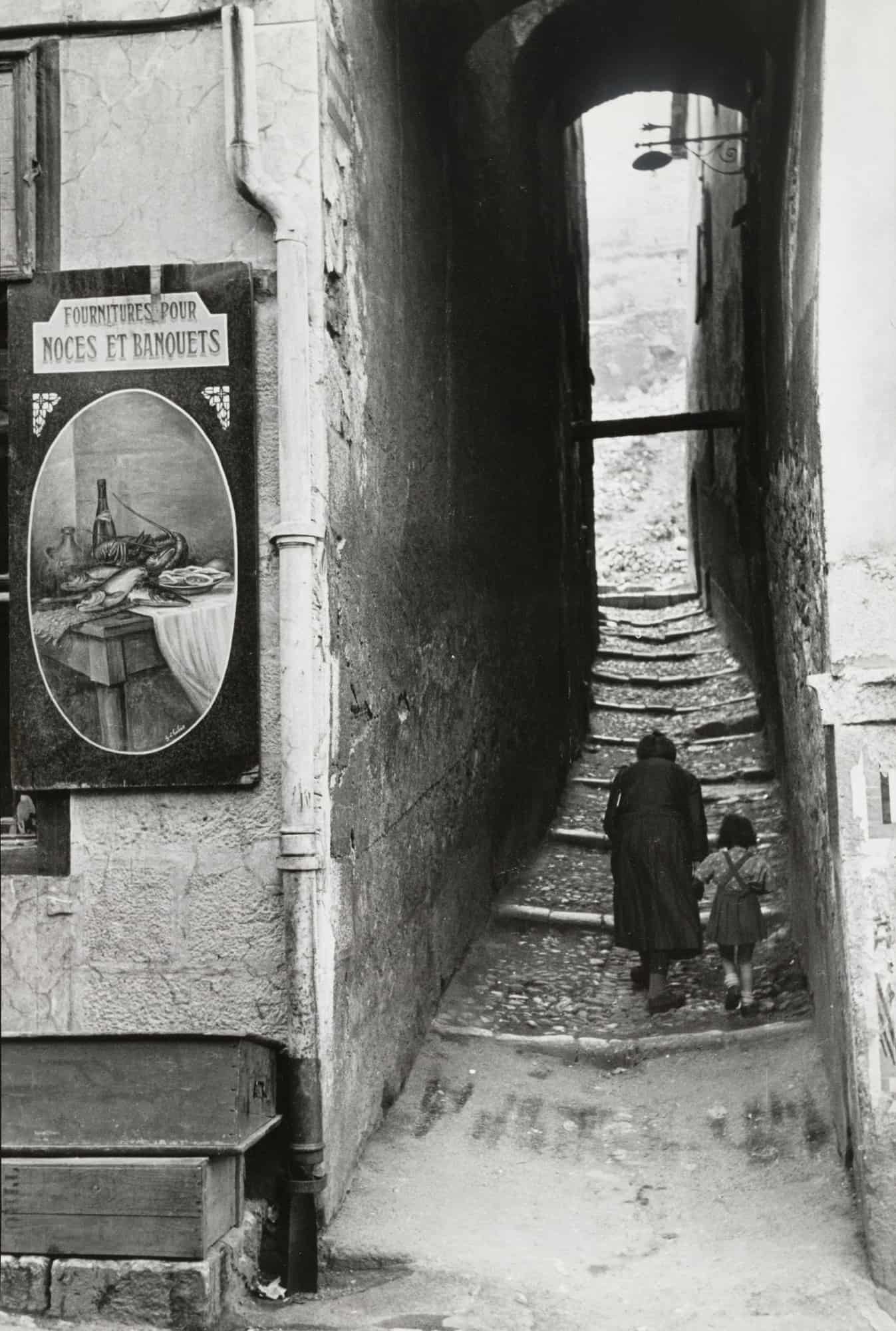We’re exploring the father of modern street photography Henri Cartier-Bresson. From his first exhibition in 1932 to his death in 2004 Cartier-Bresson was a huge influence in the world of photography, and as you will see by the images below, he left a legacy of truly memorable photographs.


Henri Cartier-Bresson first discovered his artistic eye through painting; however he became restless under the apparently “rule-laden” nature of this art form. It was his many years of artistic and theoretical training that later allowed him to confront and resolve problems of artistic form and composition in photography.
The photography revolution of the 1920’s gave birth to many new and exciting directions, not least of which was the surrealist movement. Cartier- Bresson was drawn to the surrealists, particularly their linking of the subconscious and the immediate.
Henri Cartier-Bresson was inspired by the photography revolution of the 1920’s which gave birth to many new and exciting directions. One of his famous sayings is “I suddenly understood that a photograph could fix eternity in an instant”. His first camera was a Leica camera with a 50 mm lens, purchased in Marseilles, that he described as an extension of his eye.
The anonymity that the small camera gave him in a crowd was essential in overcoming the formal and unnatural behaviour of those who were aware of being photographed. He enhanced his anonymity by painting the Leica completely with black paint. This new found anonymity opened up new possibilities in his photography, giving him the ability to capture the world in its actual state of movement and transformation. He said, “I prowled the streets all day, feeling very strung-up and ready to pounce, ready to ‘trap’ life.” And so, modern street photography was born.
It was some time before Cartier-Bresson photographed extensively in his home county of France, choosing first to restlessly roam the streets of Berlin, Brussels, Warsaw, Prague, Budapest and Madrid, with exhibitions of his work appearing from New York to Madrid, and even Mexico.
Henri Cartier-Bresson’s true international recognition came with his coverage of Gandhi’s funeral in India in 1948 along with the last stage of the Chinese Civil War. His Magnum photo agency used photography in the service of humanity, and provided arresting, widely viewed images.
Cartier-Bresson retired from photography in the early 1970s, and by 1975 no longer took pictures other than an occasional private portrait; he said he kept his camera in a safe at his house and rarely took it out.
Cartier-Bresson’s use of fast black and white films and sharp lenses made him able to photograph almost by stealth to capture the events on the street, allowing him to shape the way that major events and everyday life were captured and photographed.
About Lesley Whyte
Lesley is Australasia’s only woman street photography mentor offering a variety of street photography workshops in New Zealand and Australia; beginners, abstract, advanced two day and Henri Cartier-Bresson methodolgy two day. In 2023, launching Henri Cartier-Bresson methodolgy two day in San Francisco
Contents of this article are from a variety of published articles.
